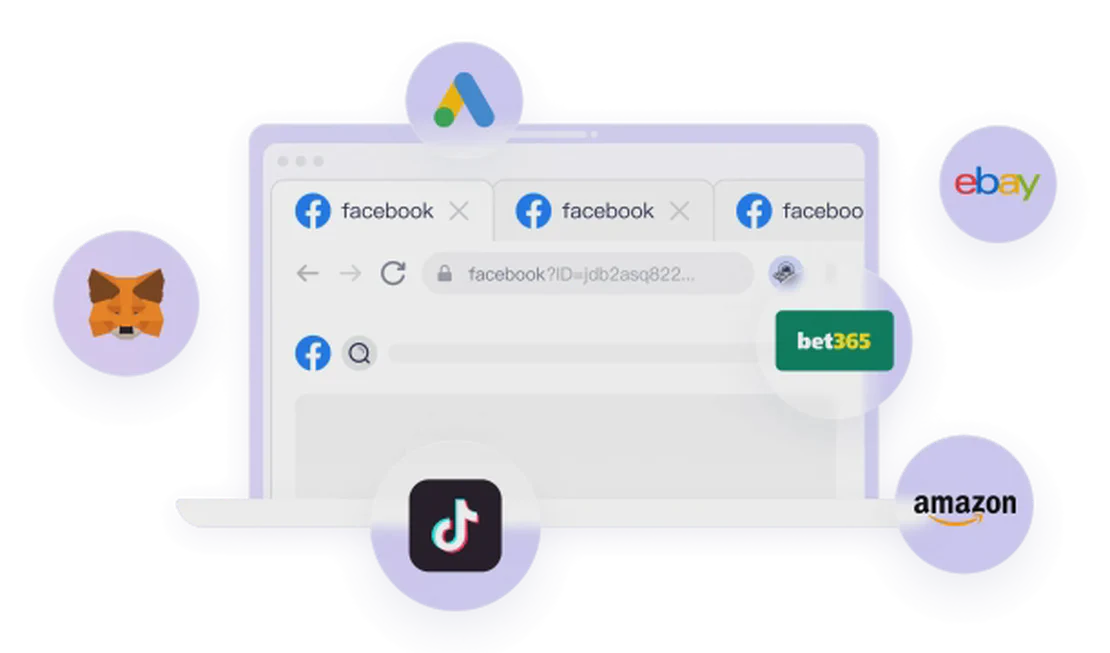10 Questions and Answers About Test-IPv6.com
Test-IPv6.com is a popular free online tool designed to help users check if their internet connection is ready for the next-generation Internet Protocol, IPv6. With the global exhaustion of IPv4 addresses, the transition to IPv6 has become crucial. Here are 10 common questions and answers about this tool to help you understand it better.
1. What is Test-IPv6.com?
Test-IPv6.com is a free web-based tool that runs a series of tests to evaluate your device’s and Internet Service Provider’s (ISP) IPv6 connectivity. It can tell you whether you have both IPv4 and IPv6 connections.
2. Why should I test my IPv6 connectivity?
IPv6 is the latest version of the Internet Protocol, designed to replace IPv4. Testing your IPv6 connectivity ensures that you can seamlessly access IPv6-only websites and services, preparing you for the future of the internet.
3. What is the main difference between IPv4 and IPv6?
The primary difference lies in the address space. IPv4 uses 32-bit addresses, providing about 4.3 billion addresses, which are now almost exhausted. In contrast, IPv6 uses 128-bit addresses, offering a virtually infinite number of addresses, sufficient to meet the networking needs of global devices for decades to come.
4. What do the test results on Test-IPv6.com mean?
The site provides a score out of 10 to summarize your IPv6 readiness. It shows your IPv4 and IPv6 addresses, whether your DNS server supports IPv6 (AAAA record lookups), and if your browser prefers using IPv6 when connecting to websites.
5. Why did my IPv6 test fail?
A failed test usually means that your ISP, router, or operating system does not yet fully support or has not enabled IPv6. You can still access most of the internet via IPv4, but it indicates your network is not yet future-proof.
6. Do I need to install any software to use it?
No. Test-IPv6.com is a completely browser-based tool; you just need to visit its website. However, it requires JavaScript to be enabled to perform its comprehensive diagnostic tests.
7. Does using a VPN affect the test results?
Yes. When you use a VPN, Test-IPv6.com detects the IP address and network configuration of the VPN server, not your local device. Therefore, the results reflect the IPv6 support of your VPN provider.
8. What is an “AAAA record”?
An AAAA record (or “quad-A record”) is a type of record in the DNS (Domain Name System) used to map a domain name to an IPv6 address. This is the counterpart to the A record, which maps a domain to an IPv4 address. Testing for AAAA records determines if your DNS resolver can handle IPv6 requests.
9. Is Test-IPv6.com safe? Will it compromise my privacy?
The site is a well-known tool for network diagnostics and is safe to use. It displays your IP address, but that is part of its function. It does not collect sensitive personal information beyond what is needed for the diagnosis.
10. What should I do if my score isn’t 10/10?
You don’t need to worry too much if your score is not perfect, as most websites currently support both IPv4 and IPv6. If you are a tech enthusiast or developer, you can check your router settings for an option to enable IPv6 or contact your ISP to inquire about their IPv6 support plan.
Protect Your Network Environment with FlashID
Just as Test-IPv6.com can reveal your IP address and network configuration, many websites use more advanced techniques to probe your “browser fingerprint”—information like fonts, operating system, screen resolution, and WebGL—to identify and track you.
To counter this type of environment detection, we recommend using FlashID. FlashID is a professional fingerprint browser that allows you to create multiple, completely isolated browser environments. In each profile, you can customize every parameter of the browser fingerprint, effectively preventing websites from linking your multiple accounts or detecting your real device information. Whether you need to manage multiple social media accounts, perform web scraping, or simply want to enhance your online privacy, FlashID provides robust protection to keep your online activities secure and private.
You May Also Like
